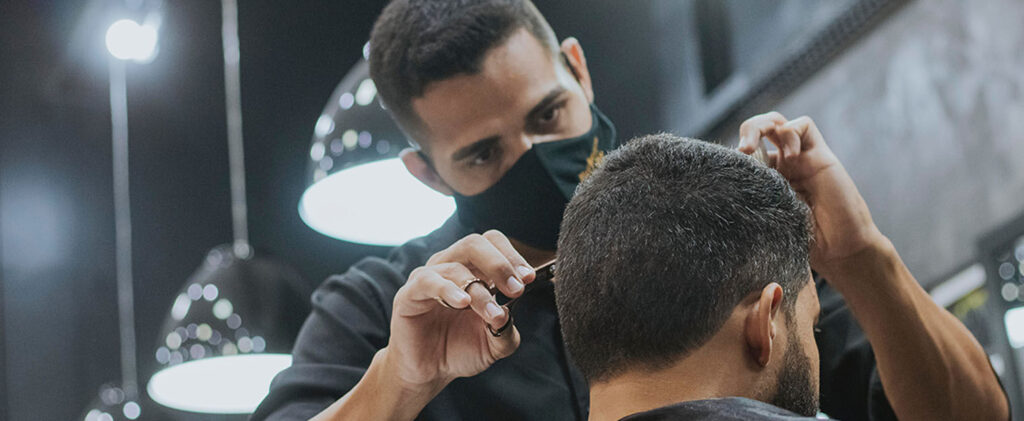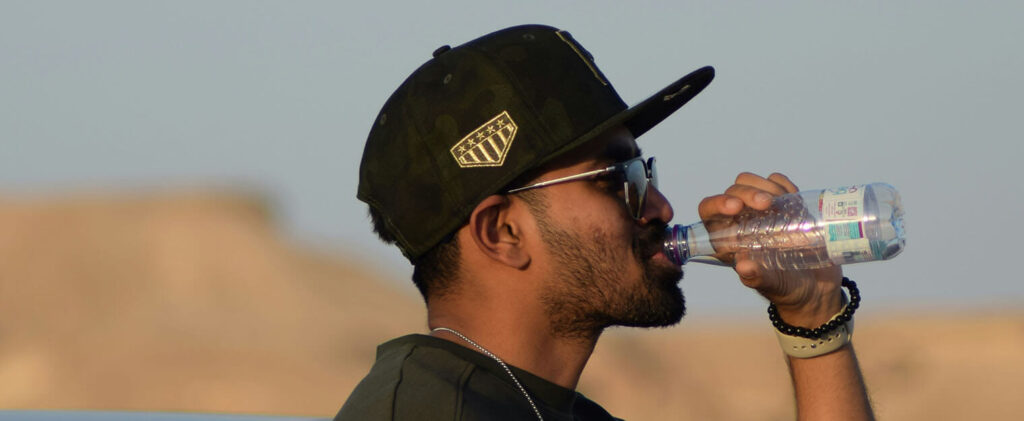The cost of your hair transplant will depend on the number of grafts you will need. Each graft can contain several hairs, which is an important distinction you need to consider when comparing prices. At Nashville Hair Doctor our starting prices for hair transplants range from $5,500 (1,000 grafts) to $10,500 (2,500 grafts). Please view our
price chart for more information, or
request a free price quote and virtual consultation. Please note that our price quotes are all-inclusive - no added fees or surcharges. We offer
interest-free payment plans via several financing providers. Out of town patients qualify for a
travel discount.


